10 Smokin’ Spicy Rubs for Grilled Chicken That’ll Make Your Taste Buds Sizzle!
If you're ready to take your grilled chicken game from bland to bold, you've come to the right place! This blog post is all about transforming your ordinary backyard barbecue into a flavor explosion with the best grilled chicken rubs. Whether you're a spice-loving pro or just getting your feet wet in the world of seasonings, we’ve got some seriously spicy secrets (and not-so-spicy ones too) that will make your next chicken dish unforgettable. Let’s dive in!
Table of Contents
- What Exactly Is a Grilled Chicken Rub?
- Why Use a Rub Instead of Sauce?
- Top 10 Grilled Chicken Rub Recipes You Must Try
- How to Make the Perfect Crunchy Crust
- Common Mistakes to Avoid When Using Rubs
- Pro Tips for Maximum Flavor
- FAQs About Grilled Chicken Rubs
- Conclusion
What Exactly Is a Grilled Chicken Rub?
A grilled chicken rub is a dry mix of spices and herbs used to coat meat before grilling. It's meant to infuse flavor deep into the meat while also creating a delicious crust on the surface.
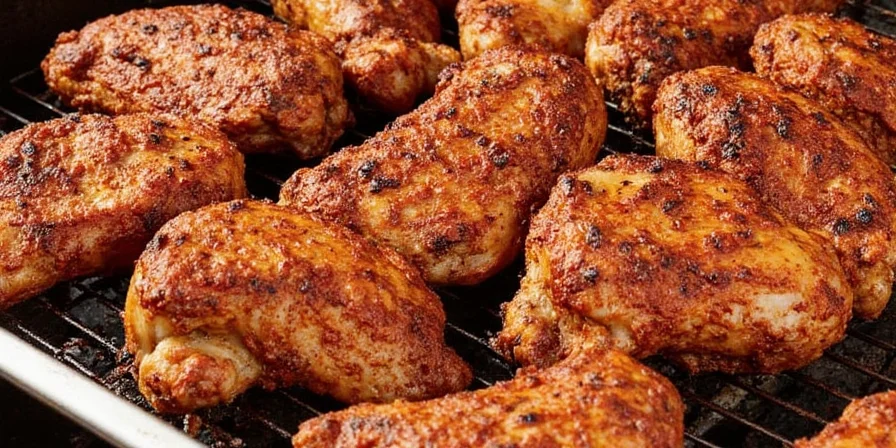
Unlike marinades which often rely on liquid bases like oil or vinegar, rubs are all about dry seasoning power. They can be as simple as salt and pepper or complex blends involving up to a dozen different spices.
Why Use a Rub Instead of Sauce?
You might wonder, why not just slather on some sauce? Well, here’s the lowdown:
| Rubs | Sauces |
|---|---|
| Promote browning and crust formation | Tend to burn easily during grilling |
| Infuse flavor directly into the meat | Only flavor the surface |
| No added sugars or preservatives needed | Often contain sugar, leading to caramelization and charring |
| Can be applied ahead of time for deeper penetration | Best applied toward the end of cooking |
Top 10 Grilled Chicken Rub Recipes You Must Try
Let’s get into the heart of this post — the rubs! Here are 10 grilled chicken rub recipes that will fire up your grill and your taste buds.
- The Classic BBQ Rub: Smoky paprika, brown sugar, garlic powder, onion powder, chili powder, mustard, salt & pepper.
- Cajun Firestorm: Garlic, onion, paprika, cayenne, oregano, thyme, salt, pepper, and a splash of hot sauce (optional).
- Lemon-Herb Zing: Lemon zest, thyme, rosemary, parsley, garlic, salt, black pepper, and a hint of cumin.
- Caribbean Jerk Rub: Scotch bonnet pepper (dried), thyme, allspice, cinnamon, nutmeg, cloves, garlic, onion, soy sauce (for paste form).
- Southwest Fiesta: Cumin, smoked paprika, coriander, chili powder, lime zest, oregano, garlic, and chipotle powder.
- Indian Tikka Masala Rub: Garam masala, turmeric, ginger, garlic, cumin, coriander, paprika, salt, and yogurt (used as a base).
- Garlic Parmesan Dream: Fresh garlic (minced), Parmesan cheese, salt, black pepper, oregano, and thyme.
- Korean-Inspired Rub: Gojuchang (Korean chili paste), sesame seeds, gochugaru (chili flakes), soy sauce, garlic, and honey (used as a glaze later).
- Thai Green Curry Rub: Lemongrass, green curry powder, garlic, ginger, coriander, cumin, salt, and coconut milk (as a base).
- Mexican Adobo Twist: Dried ancho chilies, garlic, cumin, oregano, cinnamon, cloves, salt, and olive oil (to bind).
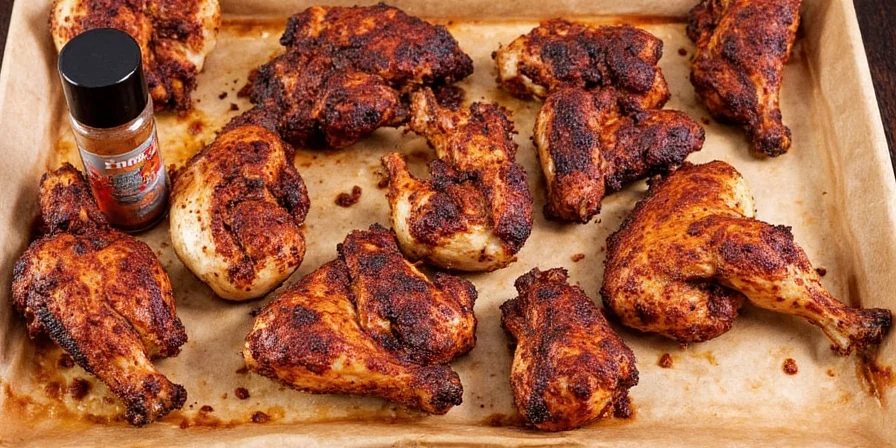
How to Make the Perfect Crunchy Crust
A great rub doesn’t just deliver flavor — it should also give you that coveted crunchy crust, known in pitmaster terms as “bark.” Here’s how to nail it every time:
- Use coarse-ground spices: Ground spices like cracked black pepper, coarse sea salt, and freshly ground cumin help build texture.
- Press the rub into the meat: Don’t just sprinkle — really press it in so it sticks and gets into the skin or muscle fibers.
- Rest the meat: Letting the rub sit on the chicken for at least 30 minutes (or even overnight) allows the flavors to penetrate and helps form a better crust.
- Avoid over-oiling: A light coat of oil helps the rub stick, but too much makes it steam instead of sear.
- Keep the heat consistent: Start hot, then reduce to medium and maintain temperature for optimal bark development.
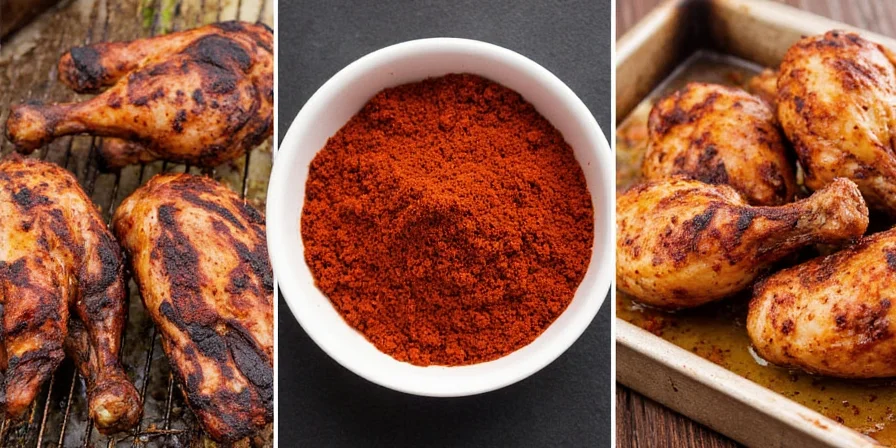
Common Mistakes to Avoid When Using Rubs
Even seasoned cooks sometimes slip up when applying rubs. Here are five mistakes to dodge like bad salsa:
- Too much salt: Salt is crucial, but too much dries out the meat and overwhelms other flavors.
- Applying the rub last minute: Give the rub at least 30 minutes to work its magic before hitting the grill.
- Using only pre-made blends: Customize your own rubs — they’re more fun and often tastier!
- Not adjusting based on chicken cut: Breasts need less rub than legs or wings; don’t apply uniformly.
- Forgetting about fat content: Fatty cuts can handle heavier rubs. Lean cuts require lighter hands.
Pro Tips for Maximum Flavor
- Toast your spices first: Lightly dry-toasting whole spices like cumin or coriander enhances their aroma and depth.
- Add citrus zest for brightness: A little lemon or lime zest can cut through richness and elevate the overall flavor profile.
- Layer flavors: Combine sweet, salty, spicy, sour, and umami elements for a balanced rub.
- Try acid-based pastes: For more intense flavor penetration, mix your rub with lime juice, vinegar, or yogurt to form a paste.
- Don’t forget the bones: Bone-in chicken holds flavor better — especially thighs and drumsticks.
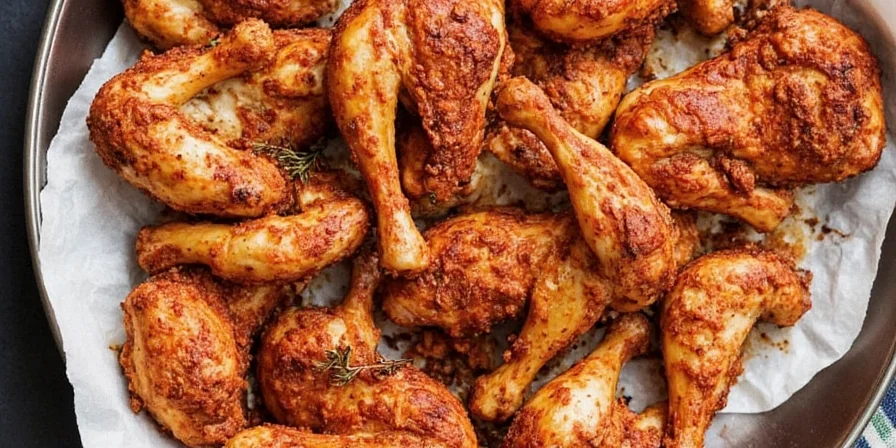
FAQs About Grilled Chicken Rubs
Q: Can I use the same rub for pork or beef?
A: Yes! Many rubs are versatile. However, adjust according to the meat — pork pairs well with sweeter rubs, while beef works better with earthier or spicier profiles.
Q: Should I refrigerate the chicken after applying the rub?
A: Absolutely! If time permits, cover and refrigerate for at least an hour, preferably 8–12 hours for maximum flavor absorption.
Q: What’s the difference between a rub and a marinade?
A: Rubs are dry mixes that season the surface and allow for crust formation. Marinades are wet and soak into the meat, often containing acids like vinegar or citrus juice.
Q: How much rub should I use per pound of chicken?
A: Aim for about 1–2 tablespoons per pound. Adjust depending on the coarseness and desired intensity.
Q: Can I reuse leftover rub?
A: If unused, store in an airtight container for future use. Once it’s touched raw chicken, discard it for safety reasons.
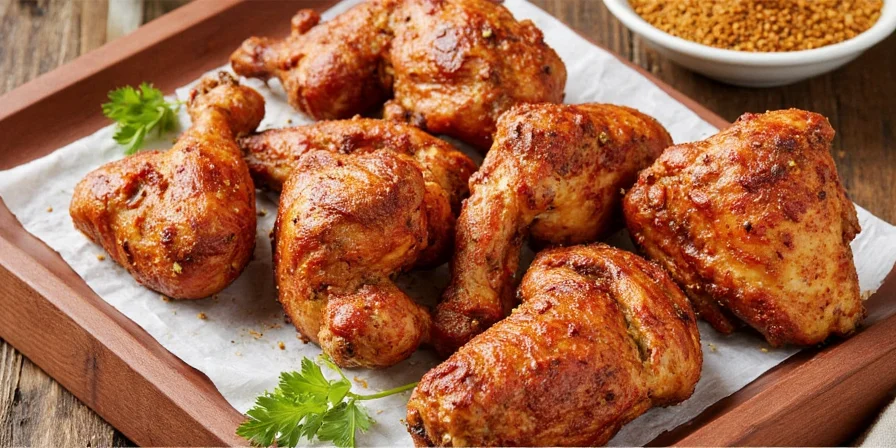
Conclusion
There you have it — everything you need to know about mastering grilled chicken rubs like a pro. From choosing the right blend to avoiding rookie mistakes and nailing that perfect crust, this guide gives you the tools to spice up your summer grilling game (or fall/winter/anytime grilling, if you're hardcore).
Whether you prefer smoky, sweet, spicy, herbal, or a wild fusion of global flavors, there’s a rub out there for every palate. So grab those spices, fire up the grill, and get ready to impress your friends and family with perfectly seasoned, mouthwateringly juicy grilled chicken.
Remember, the secret isn’t just in the rub — it’s in the love you put into each bite. Now go out there and rub it in… literally!

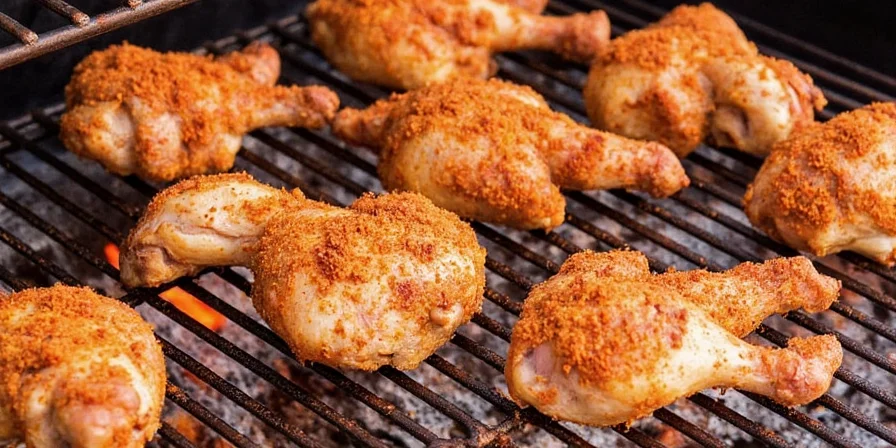









 浙公网安备
33010002000092号
浙公网安备
33010002000092号 浙B2-20120091-4
浙B2-20120091-4